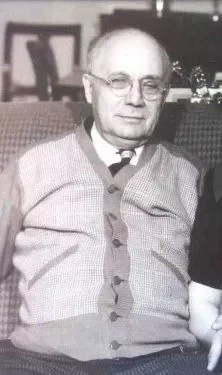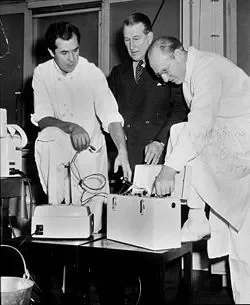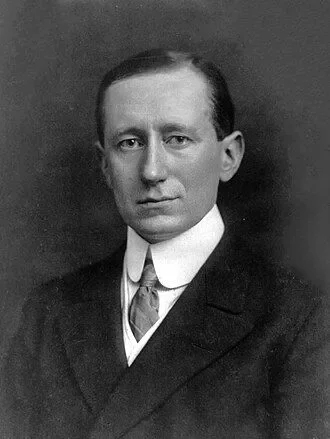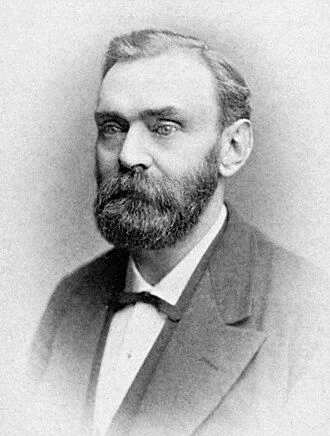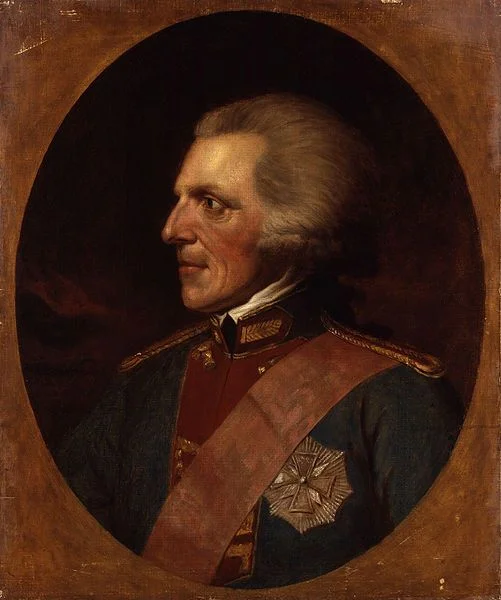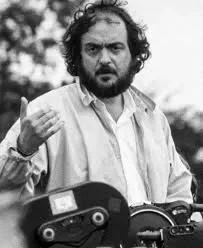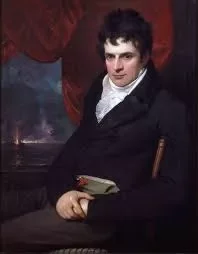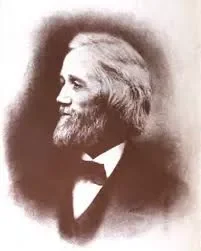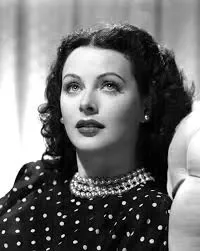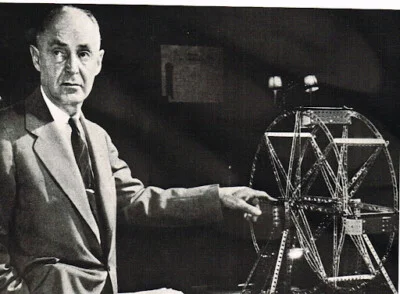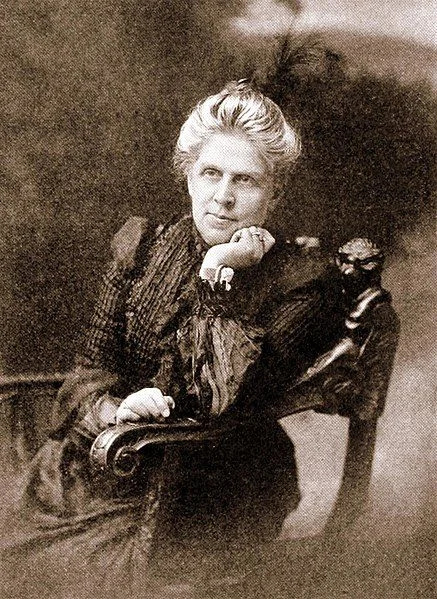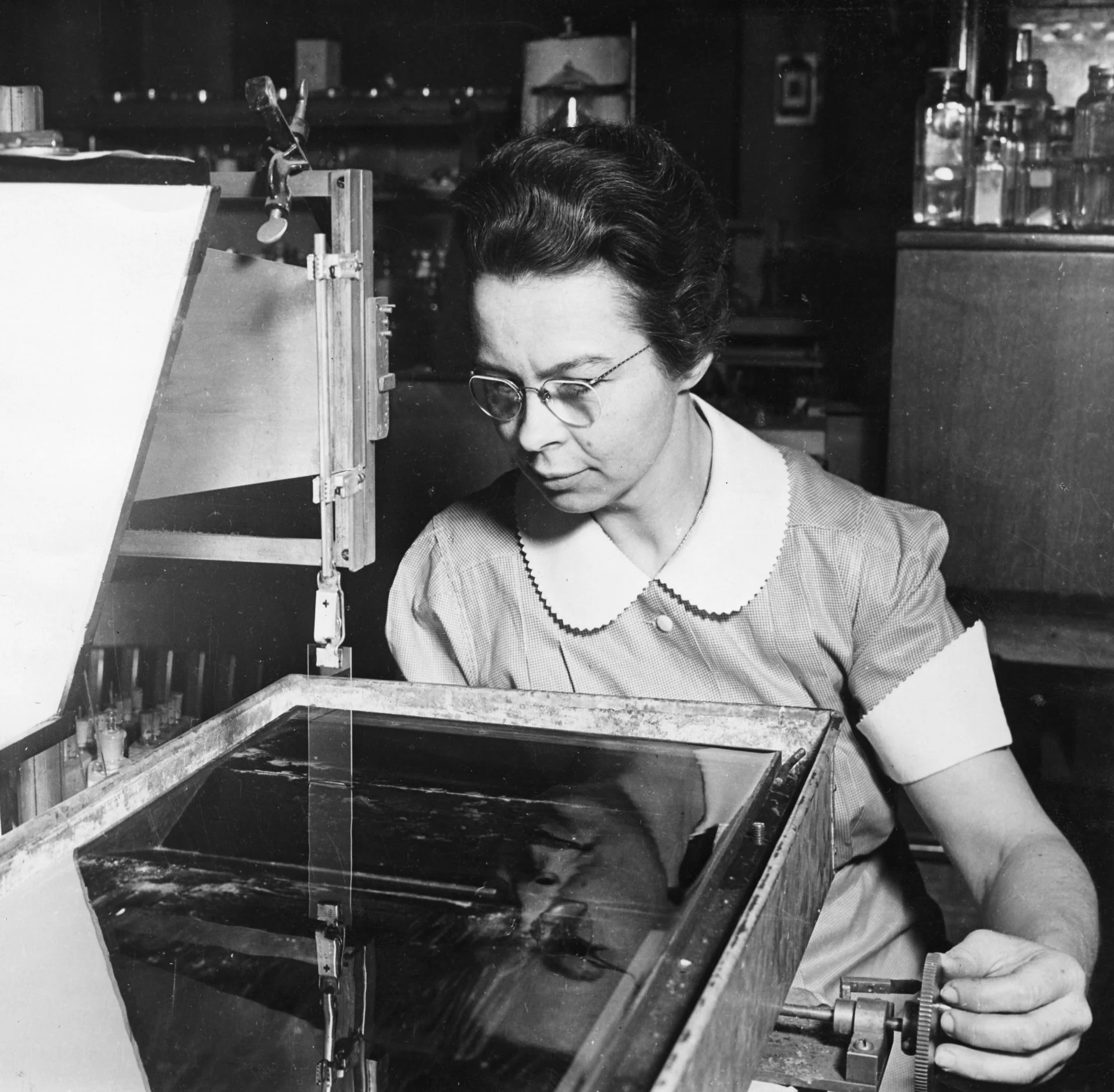Real Celebrities Never Die!
OR
Search For Past Celebrities Whose Birthday You Share

source: wikipedia.org
Nicéphore Niépce
Birthday:
07 Mar, 1765
Date of Death:
05 Jul, 1833
Cause of death:
Stroke
Nationality:
French
Famous As:
Photographer
Age at the time of death:
68
Introduction: A Pioneer of Photography
Nicéphore Niépce was a French inventor and pioneer of photography. He was born on March 7, 1765, in Chalon-sur-Saône, where his father was a wealthy lawyer.
Early Life and Education
He studied science and the experimental method at the Oratorian College in Angers, where he adopted the name Nicéphore in honor of a saint. He served as a staff officer in the French army under Napoleon but resigned due to ill health and became the administrator of Nice. In 1795, he left his post and returned to his family estate in Chalon to pursue scientific research with his brother Claude.
Inventing the Pyréolophore
Niépce and his brother invented the Pyréolophore, one of the world’s first internal combustion engines, which they used to power a boat. They also experimented with lithography, a printing technique that was popular in France at the time.
The Birth of Heliography
Niépce, who was not skilled in drawing, sought a way to produce images automatically by using light-sensitive substances. He called his technique heliography.
First Attempts at Photography
In 1816, Nicéphore Niépce attempted to make the first photographs with a camera, using paper coated with silver chloride. However, he could not fix the images permanently, and they faded quickly.
Development of Permanent Images
He then tried using bitumen of Judea, a type of asphalt, which hardened when exposed to light. He used this material to make the first permanent photographic copy of an engraving in 1822. He also used it to make the first permanent photograph of a real-world scene in 1826 or 1827.
Partnership with Louis Daguerre
Niépce’s ultimate goal was to create a printing plate from his photographs, which he could use to reproduce multiple copies. He contacted Louis Daguerre, a French painter and inventor, who was also interested in photography. They formed a partnership in 1829 and exchanged letters and samples of their work.
Nicéphore Niépce's Quote's
Legacy and Collaboration’s Impact
Niépce died of a stroke on July 5, 1833, before they could achieve their aim. His son Isidore inherited his father’s papers and equipment and continued the collaboration with Daguerre. In 1839, Daguerre announced the invention of the daguerreotype, the first practical photographic process, which he claimed was based on Niépce’s discoveries.
Name:
Nicéphore Niépce
Popular Name:
Nicéphore Niépce
Gender:
Male
Cause of Death:
Stroke
Spouse:
Place of Birth:
Chalon-sur-Saône, Burgundy, France
Place of Death:
Saint-Loup-de-Varennes, Saône-et-Loire, France
Occupation / Profession:
Personality Type
Advocate: Nicéphore Niépce left his mark on this world when he invented photography. His invention made a massive difference in the way we live today.
Niépce collaborated with Louis Daguerre on early photographic techniques.
Niépce is credited with inventing photography in 1826.
He used a camera obscura and bitumen to create images.
His work paved the way for modern photography and film technology.
Niépce's photographs are now considered priceless historical artifacts.
He died before the invention of the daguerreotype was announced in 1839.
The oldest surviving photograph, taken by Niépce, dates back to 1826/27.
He is credited with inventing photography
